50 years experience and the ultimate guide
to crossing the Nullarbor
You know, I’ve lost count of how many times I’ve driven the Nullarbor. First time was back in 1974, when the Old Sturt Highway was still a hell of a thing – 250 miles (that’s about 400 kilometres) of dirt road so rough, you were lucky to hit 40km/h (25mph). Every bolt on my almost new 1973 Toyota Corolla had a rattle, and every filling in my teeth got tested.
Back then, making it across was a bit of an achievement. These days? It’s all sleek, sealed bitumen – you can float along at 110 in air-conditioned comfort, barely a bump unless of course you hit an emu or a kangaroo, they make a hell of a bump!.
But no matter how smooth it’s got, that stretch between Port Augusta and Norseman still calls to me. There’s something in it – the vastness, the weirdness, the sense of being way out where nothing much bothers you.
So here’s how I tell the story now – not just about the road, but all the places I’ve stopped, the free camps I’ve found, and a few things you won’t read in your average travel brochure.
First time out: 1974 and the wild west of the Old Sturt
I was barely out of my teens and on a 1973 Toyota Corolla – a little buzzbox with more heart than grunt. I “prepared” it by topping up the oil and tightening the fan belt, then pointed it west. Back then, once you left Ceduna, you were on dirt for 400km up and arounf Marble Bar, past Karoonda Station and a stop for fuel and on to the border. If it rained, it was a mud trap. If it was dry, it was bull dust city. You didn’t just drive across the Nullarbor – you wrestled it.
Water was carried water in plastic jerry cans and fuel in dented, army surplus jerry cans. Camped under the stars next to the car as far off the side of the road as I could get with a tin of stew cooked over a campfire – none of this butane stove nonsense. I changed my own tyres, patched radiator leaks, shared fuel with other less prepared travellers, and if a roadhouse had cold beer, you bought three.
It wasn’t romantic, but it was real. And I loved every minute of it.
The road today: Bitumen bliss, but the magic’s still there
Now? Mate, it’s like a highway from the future. The whole Eyre Highway is sealed, smooth, and pretty much idiot-proof. From Port Augusta to Norseman, you’ve got 1,200km of wide open freedom. You can knock it over in a single day, but I never do. What’s the rush? There’s too much good country to see and too many classic old spots to pull over.
Every time I do the trip now – now in the 2WD SUV with the campervan in tow and the fridge plugged in – I take my time. Plenty of free camps to enjoy, plenty of oddities, and the same big sky I first stared up at in the ’70s. Just fewer broken springs these days.
Port Augusta to Ceduna: The soft start
Coming out of Port Augusta, it still feels like civilisation for a bit – servos, towns, even a phone signal. But by the time you hit Iron Knob, you start to get the feeling you’re going somewhere remote. The name says it all – old mining town that looks like it’s seen a few dust storms.
Further out you’ll pass Kimba (big galah), Wudinna (big granite bloke), and my old favourite, Murphys Haystacks – weird pink rock formations that sprout out of farmland like mushrooms after rain. All of these are worth a stop and a cuppa. Plenty of good rest areas to roll out the swag or chuck up a tent.
Once you hit Ceduna, that’s the last proper town before the edge of the world. Fuel up, grab a pasty, and check your tyres. From here, it gets interesting.
Ceduna to the Head of Bight: Whales, cliffs, and space
Between Ceduna and Nundroo, it starts to open up. Scrub gives way to nothingness. You’ll pass through Penong – windmill capital of the outback – and before long, you’re crossing that invisible line onto the Nullarbor Plain. No trees, no towns, just endless sky and a ribbon of road.
One of the best stops along here is the Head of Bight. If you’re there between June and October, you can see southern right whales just lazing about below the cliffs, teaching their calves how to breach. There’s a proper viewing platform there now – $15 entry last I checked – and it’s worth every cent.
Back in the day, we just parked on the cliff edge and peered over, hoping not to get blown off. These days, there’s fencing and signs and safety. Fair enough, but it does take the edge off the adventure a bit.
Free camp? There’s a spot just west of Yalata, behind the dunes. Not marked, but if you know where to look… well, let’s just say it’s quiet, has ocean views, and the sunrise is magic.
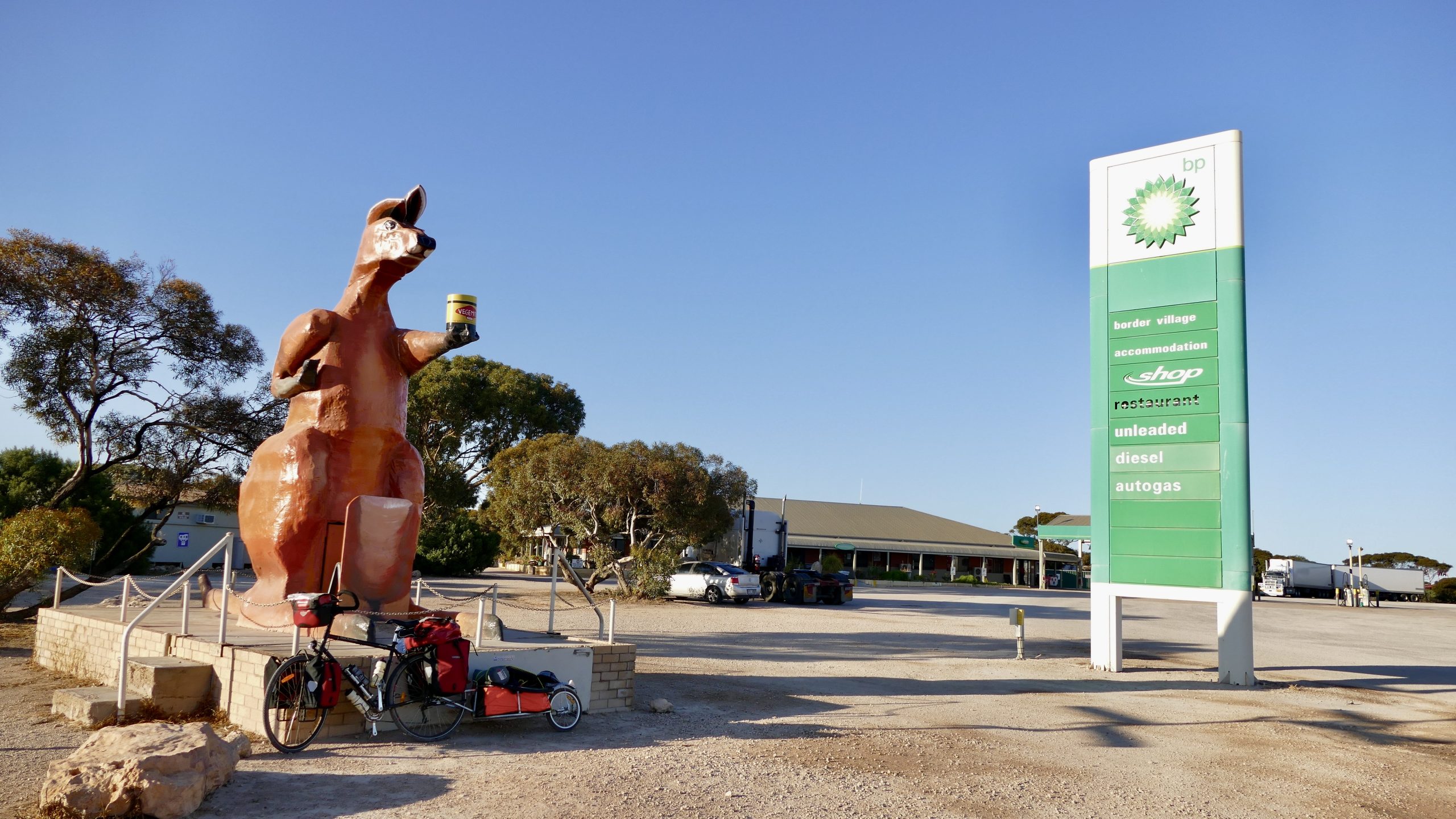
Border Village roadhouse and caravan park. Yes, that is my bike. I was on a cycling adventure.
Crossing the SA–WA border: Eucla and the ghost town dunes
You’ll pass the Nullarbor Roadhouse, which hasn’t changed in 30 years. Still sells fuel, chips, and some very ordinary coffee. The meals aren’t five star but they are good and after eating take away and tins for a couple of days, the schnitty here is gold. But a stop here if only to refuel and pat the whale parked out front is part of the trip – like a rite of passage.
Not far west of here, though, is something a lot of people miss – a scattering of limestone caves tucked just off the highway. The signs are subtle, but if you follow the dirt tracks (they’re usually in fair condition), you’ll come across some impressive sinkholes like Koonalda, Murrawijinie, and Hughes Cave. These aren’t tourist caves – most are fenced off and for good reason. They’re deep, unstable, and dangerous to enter. Over the years, too many drongos have ignored the signs and needed rescuing or worse. But standing at the edge and peering in gives you a real sense of how this landscape was shaped. It’s eerie, beautiful, and a reminder that the Nullarbor isn’t just empty – it’s ancient and full of stories.
A bit further west and you’re crossing into Western Australia at Border Village. Be ready for quarantine – if you have had apples, honey, and even onions they may be confiscated. They don’t muck about. But that said, one trip I was only going into WA as far as Eucla (about 10 km) and the lady checking my car let me leave my fruit and vegetables in their office and I picked them up later that same morning. I was most impressed.
Next stop is Eucla, and this place still gives me a kick. The old telegraph station ruins down in the sand dunes feel like something from a Mad Max film – half buried, windblown, and oddly peaceful. I’ve camped nearby a few times. It’s not a free camp officially, but if you keep it low key and clean up after yourself, nobody’s ever hassled me.
Cocklebiddy to Norseman: Long, straight and lonesome
The WA side feels a bit tougher, somehow. Hotter, flatter, and with even fewer excuses to stop. But that’s part of the charm.
At Caiguna, you hit the 90 Mile Straight – that’s 146km without a single bend. Great for fuel economy, rubbish for excitement. I like to set up some Slim Dusty on Spotify crack a ginger beer, and just let the road do its thing.
Cocklebiddy has a cave system nearby, though I wouldn’t recommend trying to explore without proper gear and a death wish. There’s also the odd fake UFO sign or alien cut-out – someone with a sense of humour out here.
Balladonia has a tiny museum about when Skylab fell to Earth and scattered bits of NASA across the outback. I reckon I still have a bolt in the shed at home from that.
Then there’s the pull into Norseman – where the red dirt finally gives way to green scrub again. There’s a big horse statue, a servo, and the best toasted sandwich I’ve ever had from a tired old roadhouse.

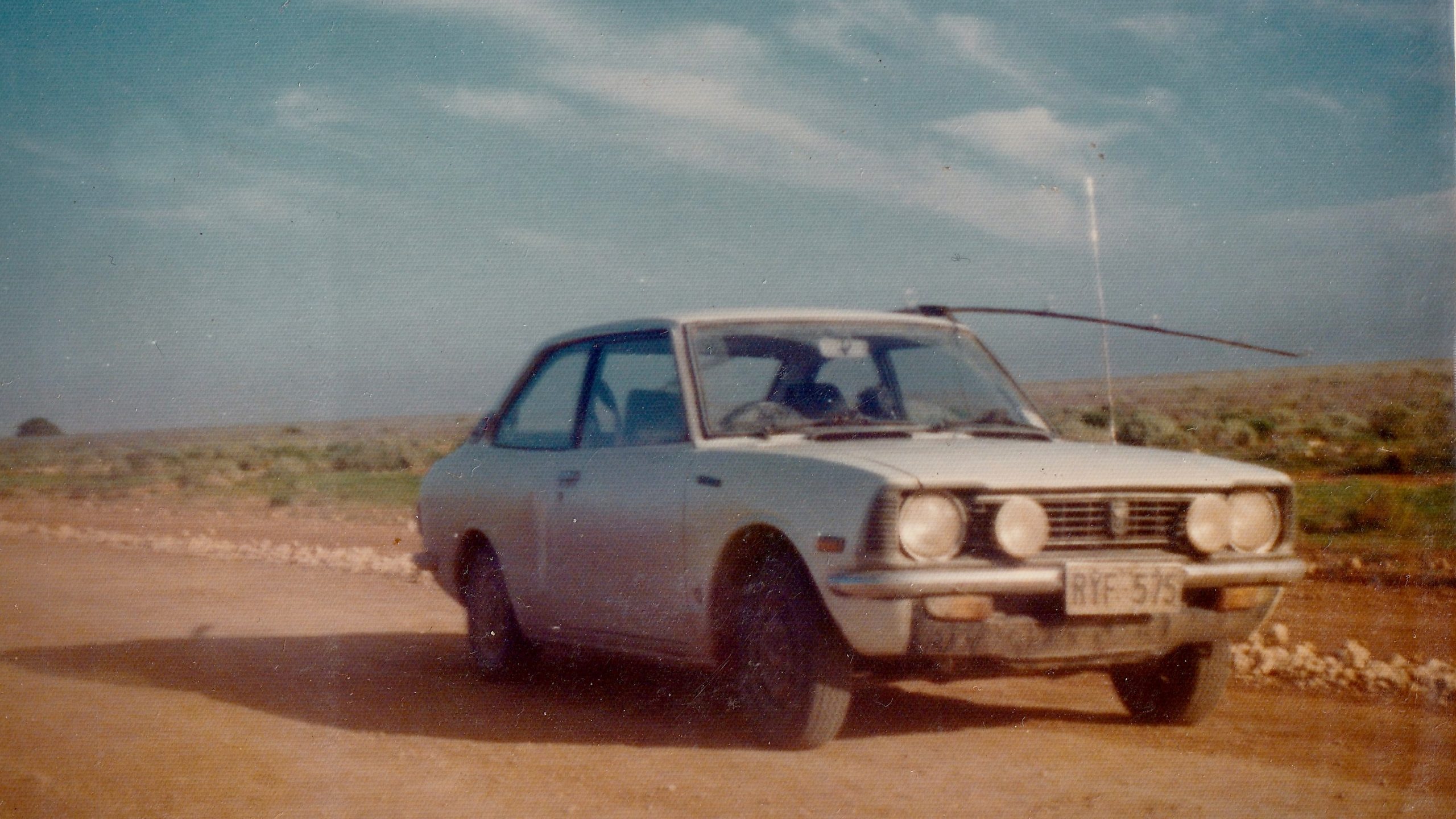
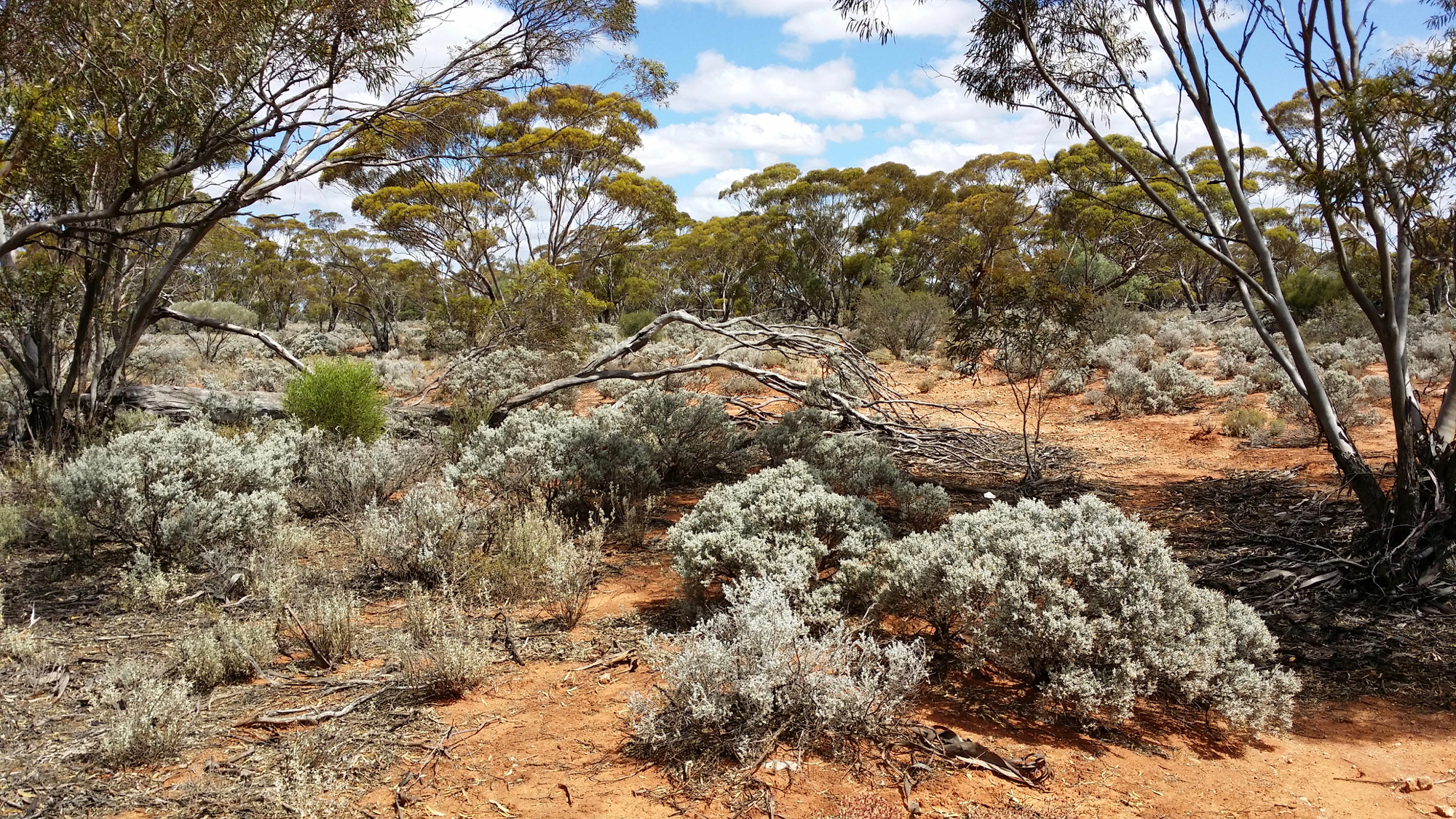
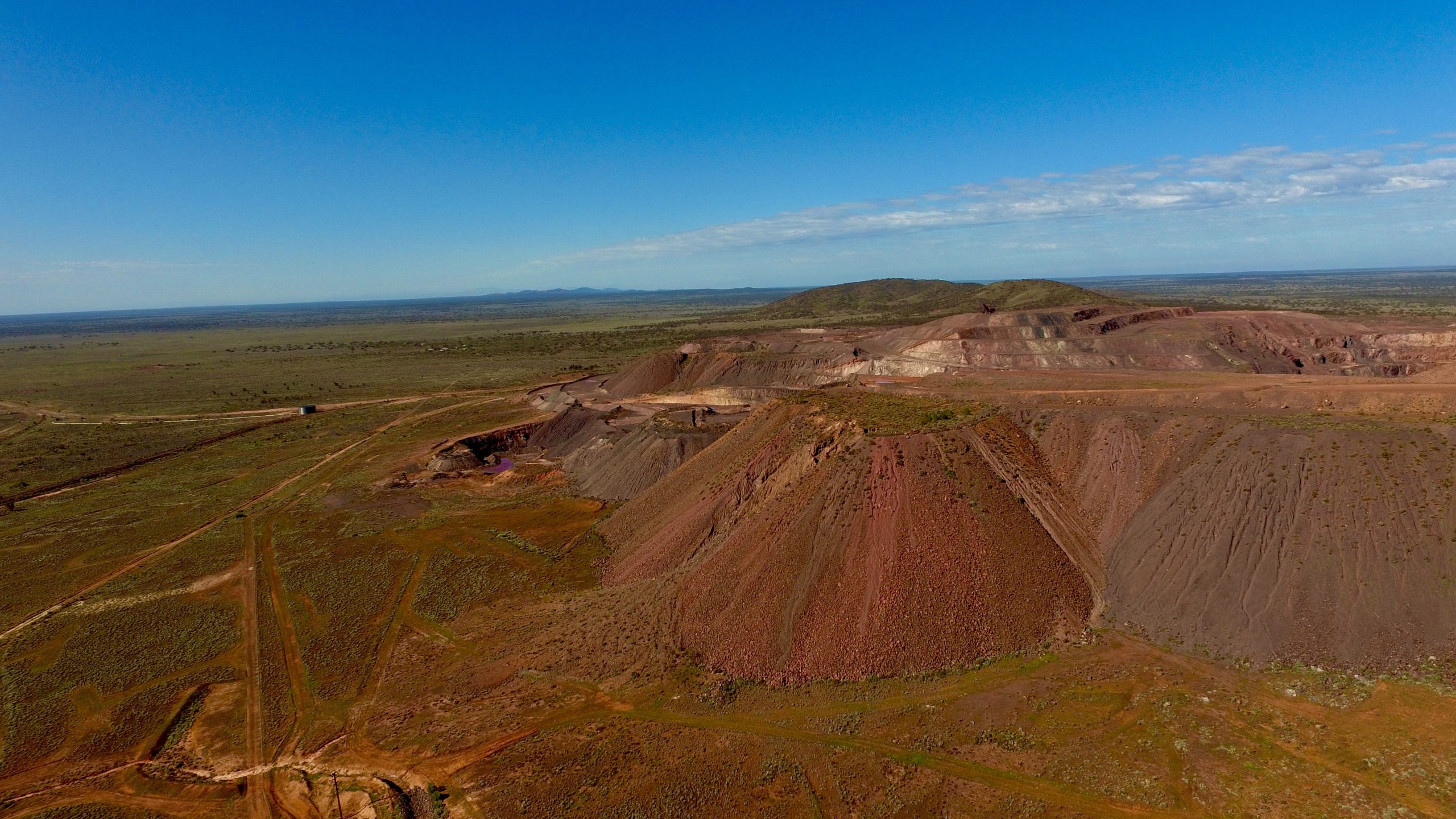
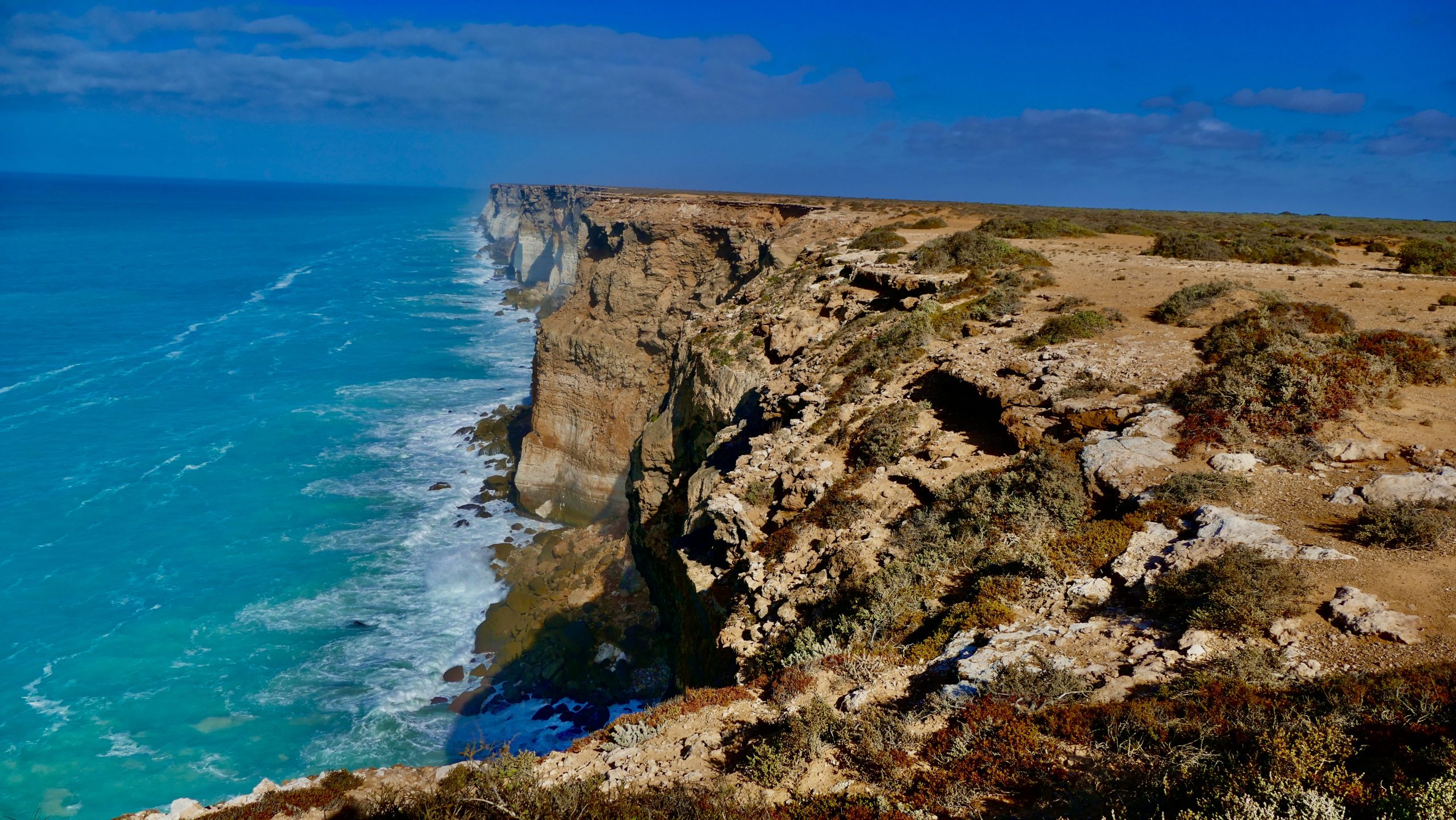

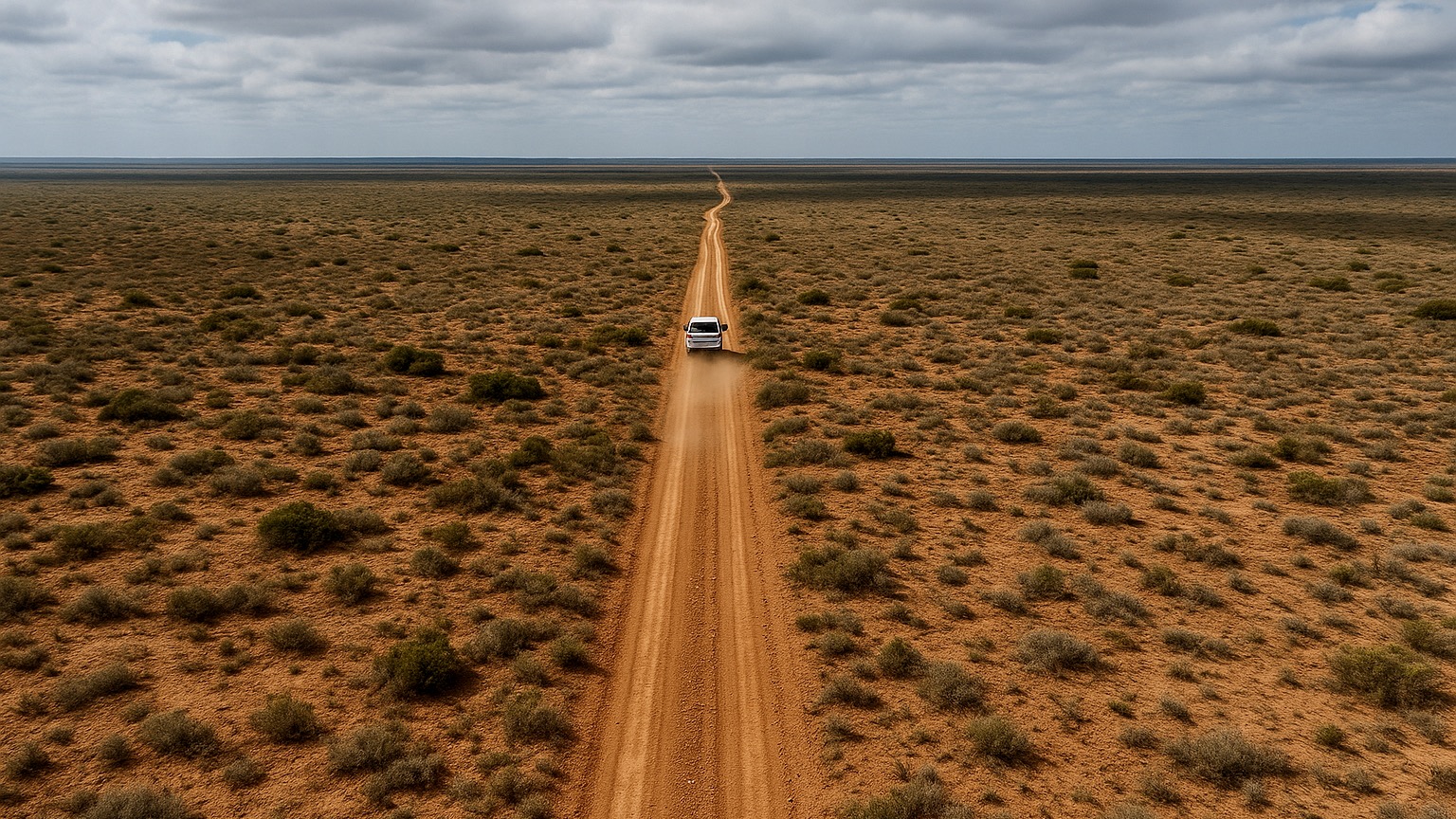
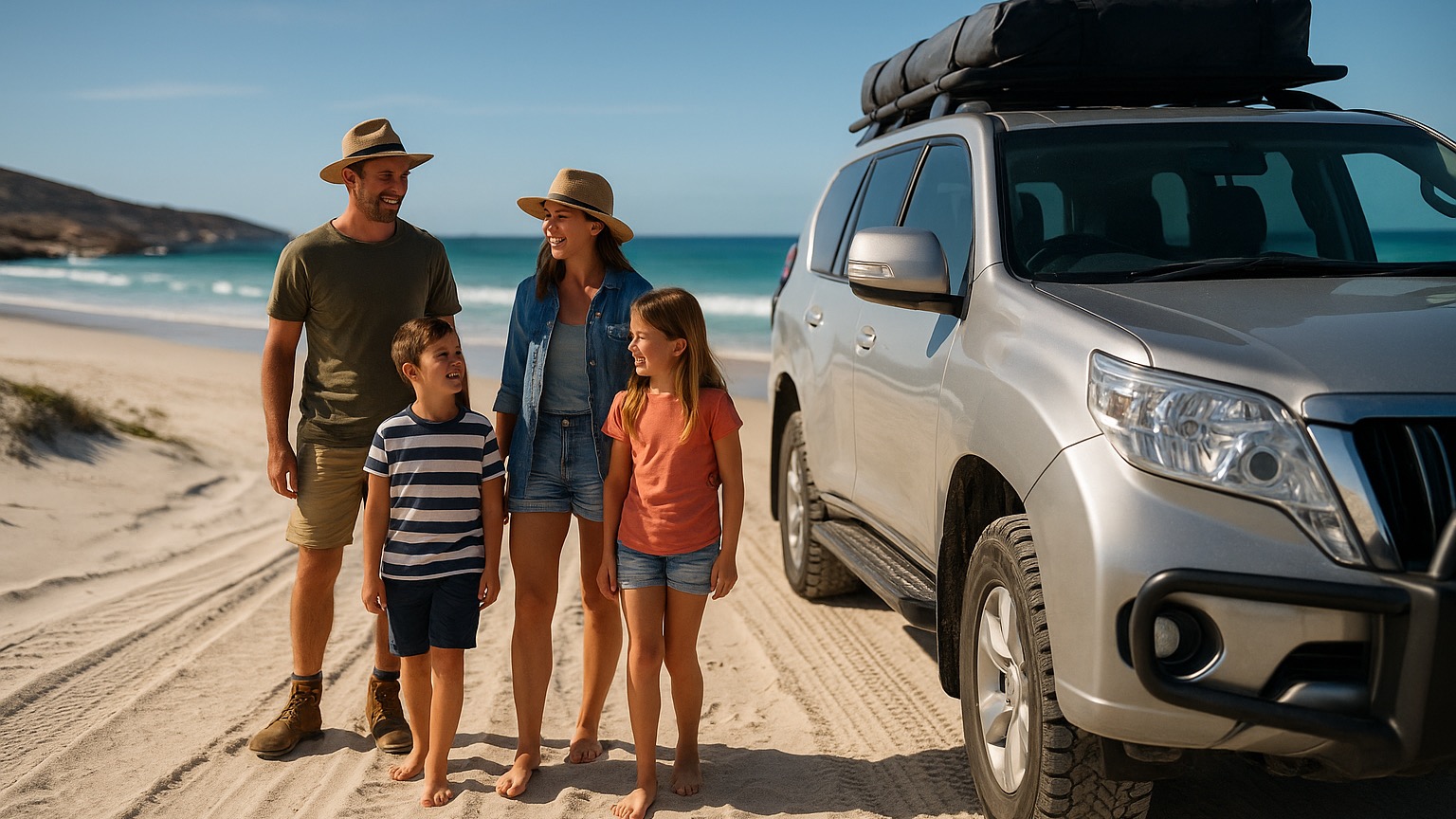

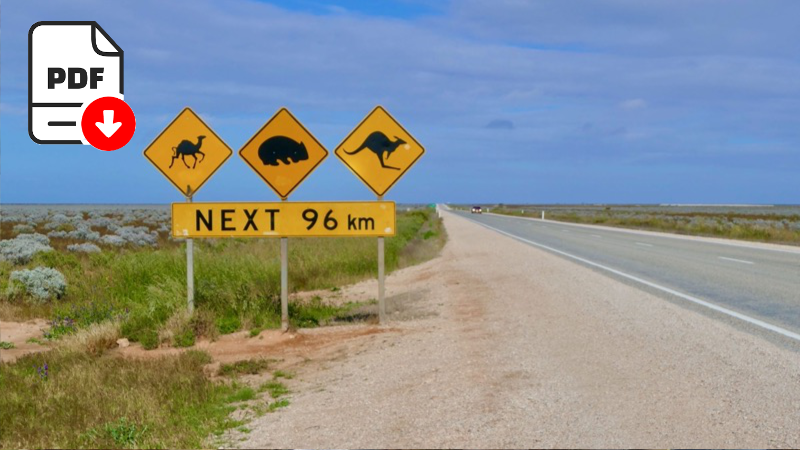
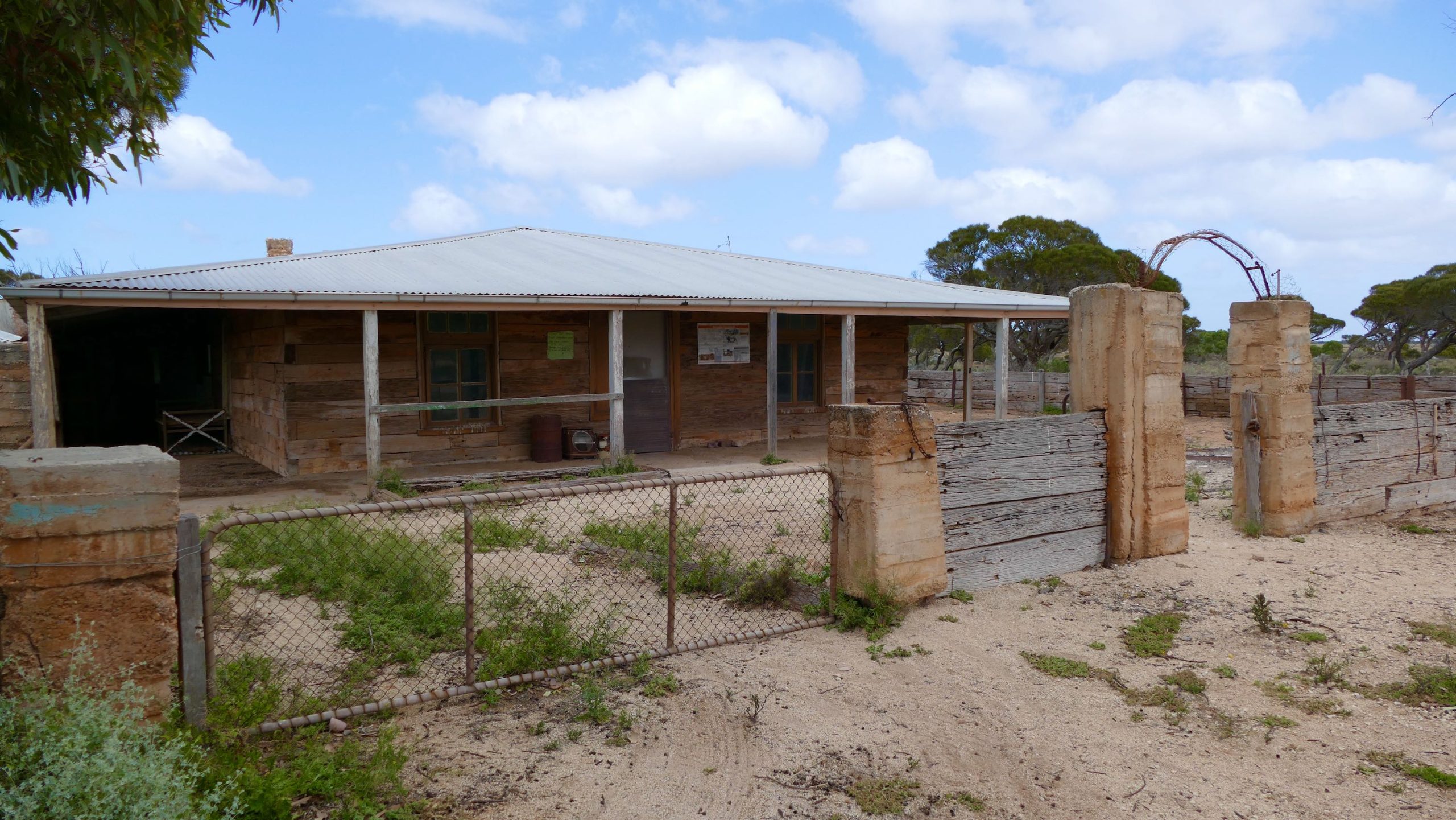
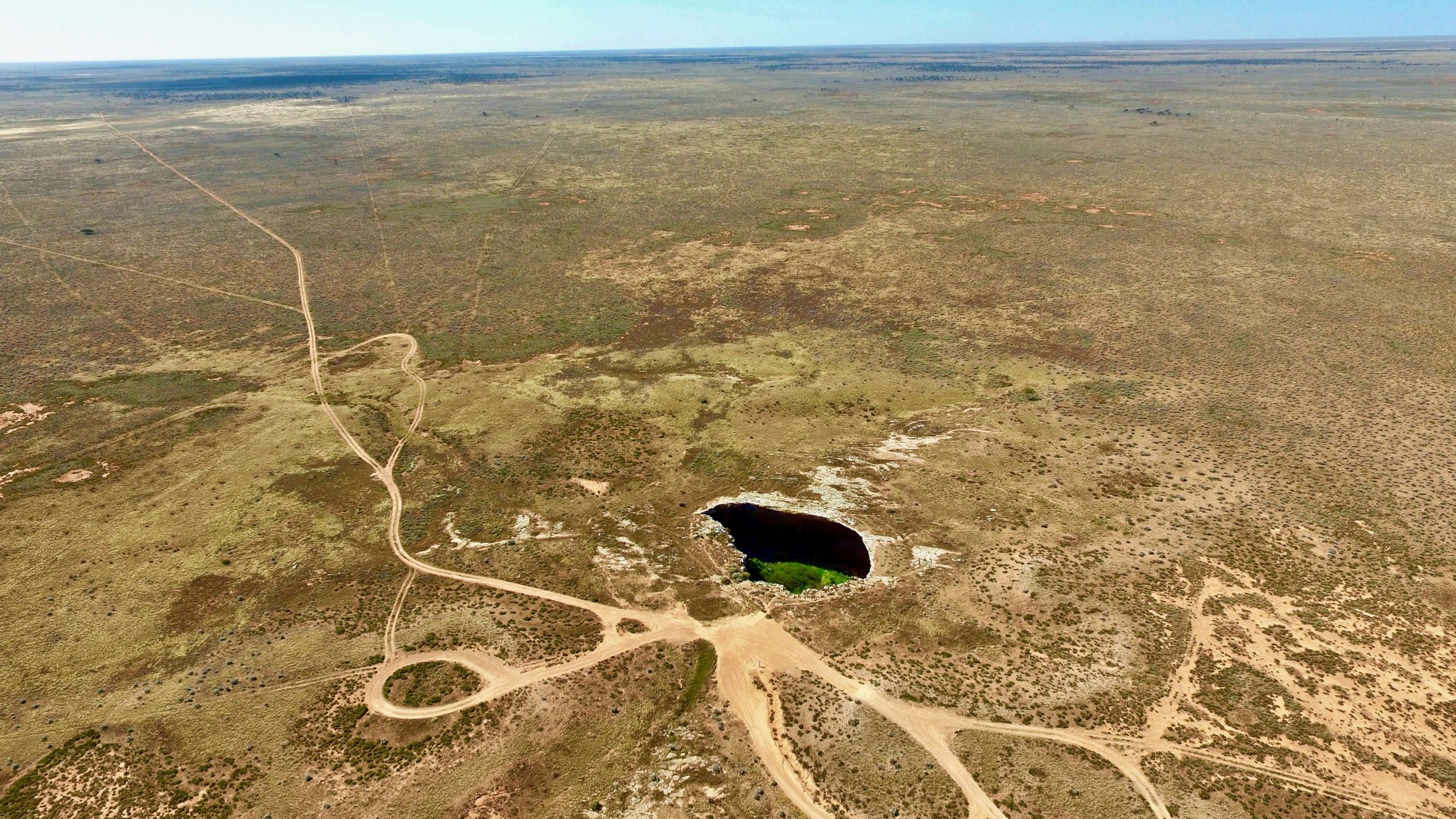
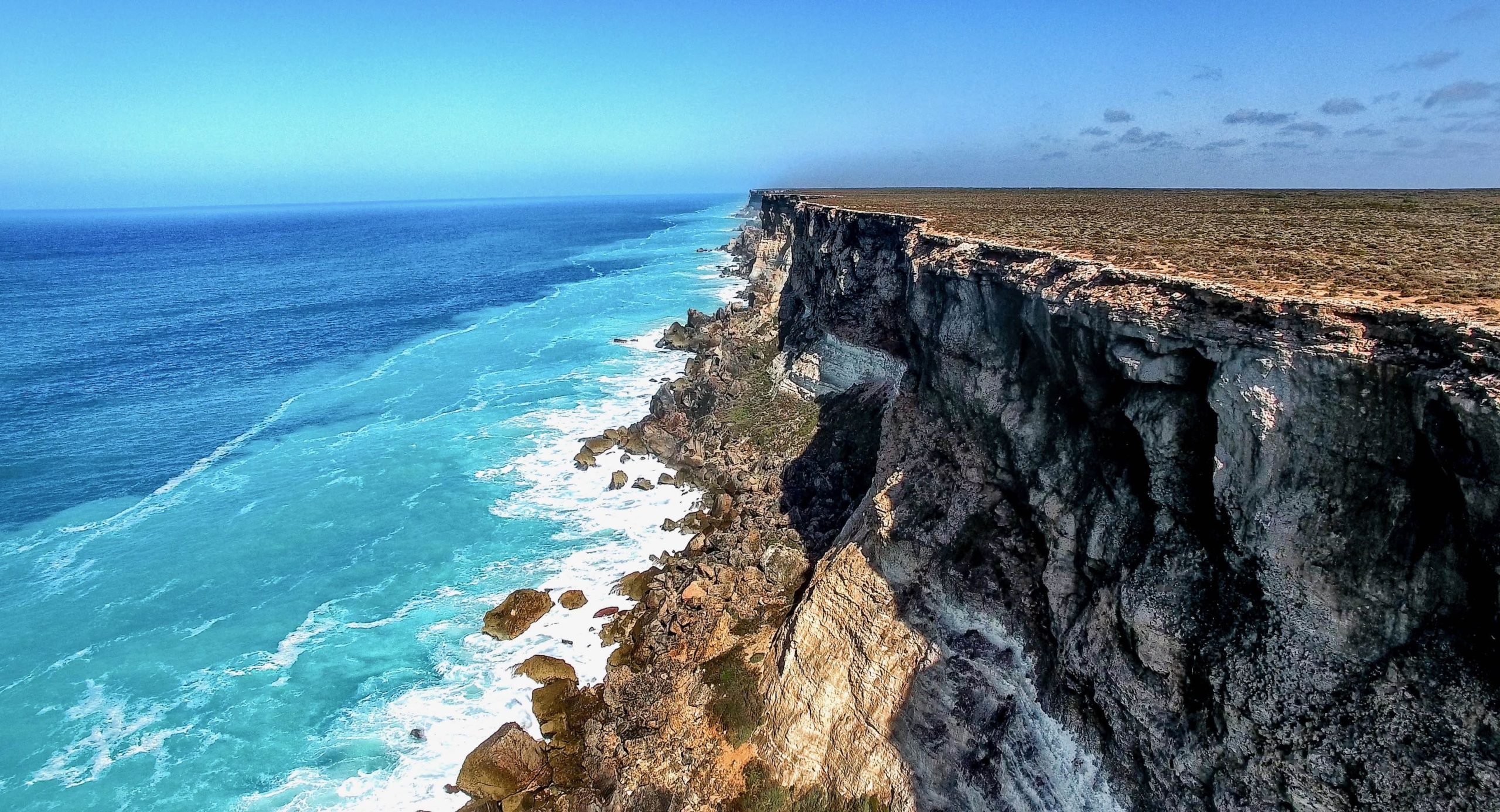
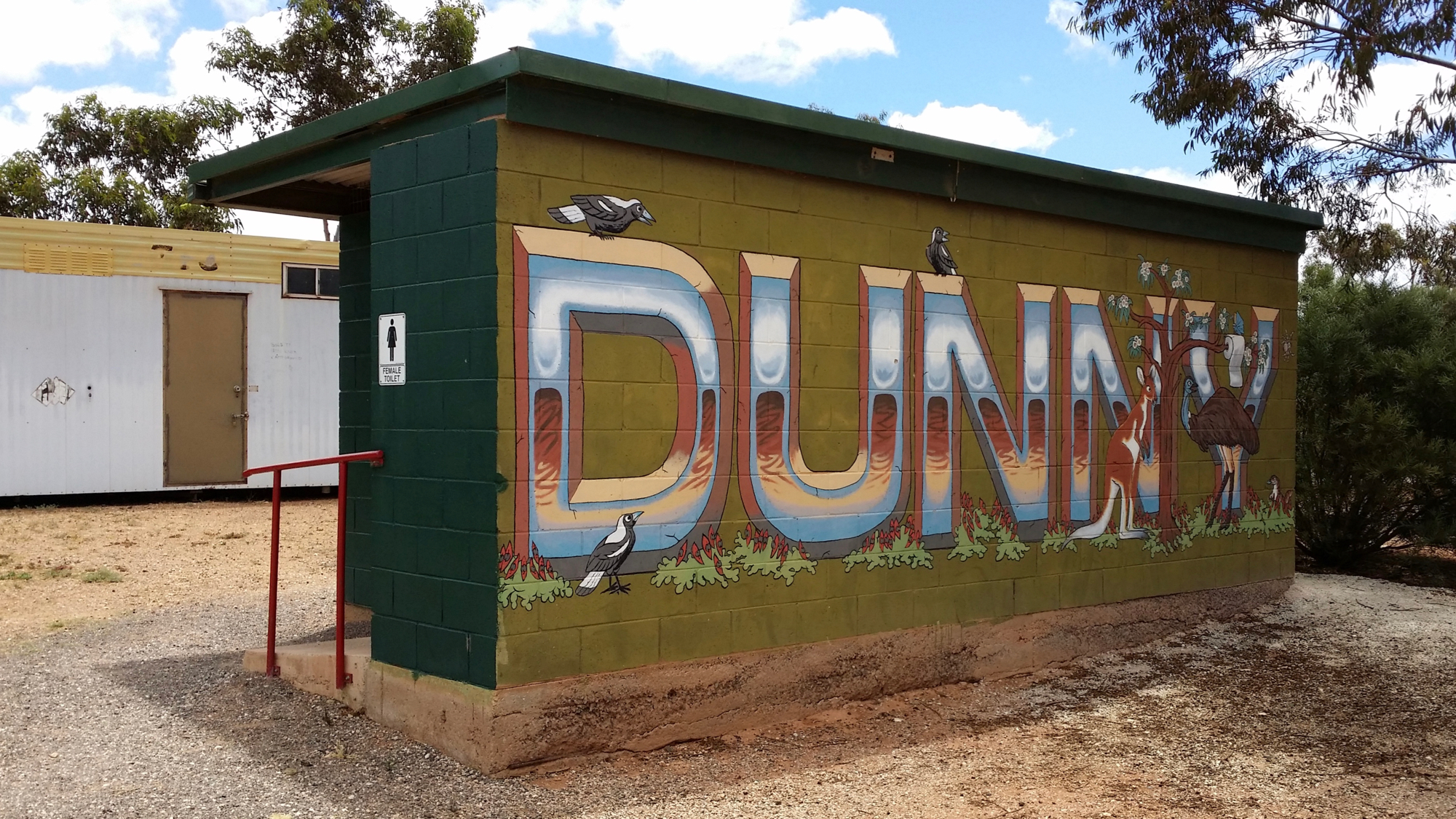
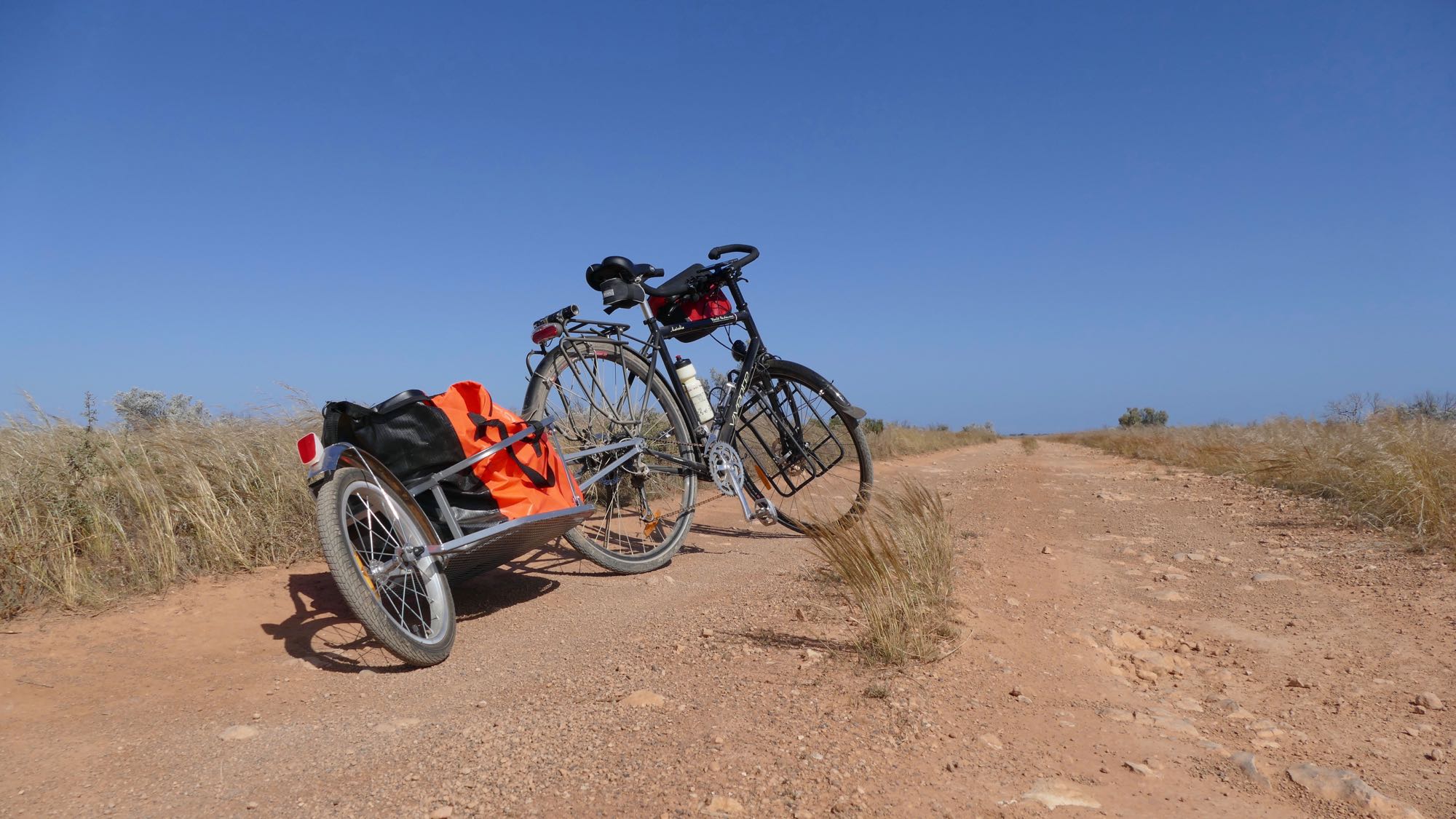
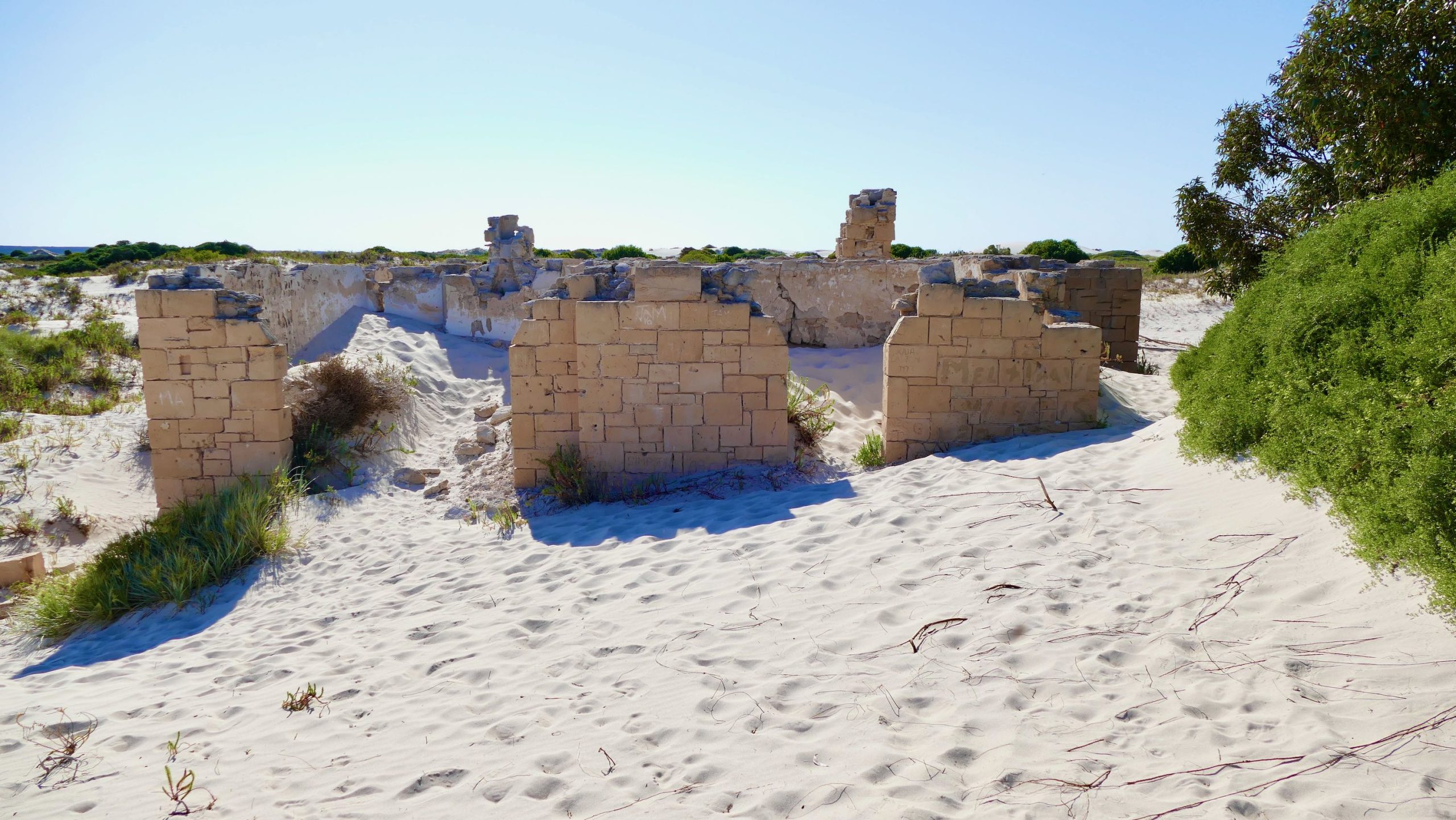
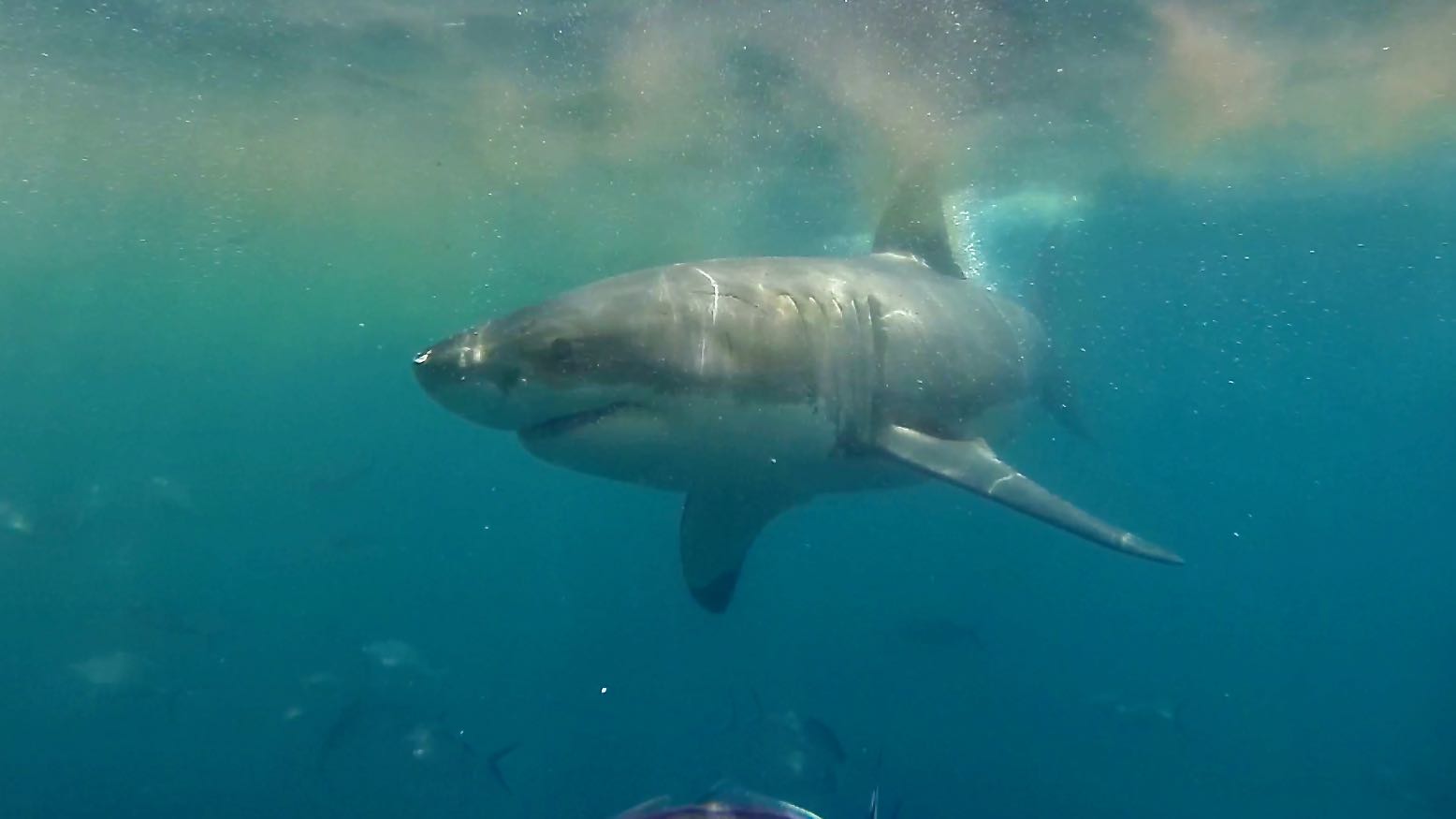
Leave A Comment